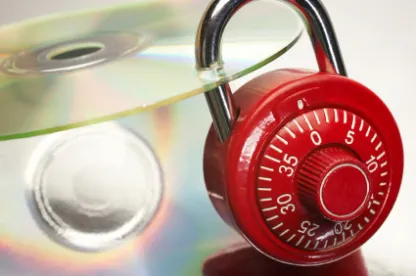The Sixth Circuit in Colosi v. Jones Lang LaSalle Ams., Inc. issued the latest circuit level opinion on the taxing of eDiscovery-related costs under 28 U.S.C. §1920(4). In Colosi, the Sixth Circuit upheld the district court’s decision to allow the taxation of costs for the imaging a computer hard drive. The Court reasoned that imaging the computer fell within the definition of “making copies” in § 1920(4) and was therefore allowable under a plain reading of the statute “provided the image file was necessarily obtained for use in the case.” In Colosi, the party opposing the taxation of costs for computer imaging pointed to the Third Circuit’s decision in Race Tires America, Inc. v. Hoosier Racing Tire Corp., 674 F.3d 158 (3d Cir. 2012).
That decision adopted a narrow view of § 1920(4), rejected the taxation of a variety of eDiscovery-related costs, and allowed costs sought in that case for “only the scanning of hard copy documents, the conversion of native files to TIFF, and the transfer of VHS tapes to DVD.” The Colosi Court, while commending the concern in Race Tires about expanding § 1920(4) to encompass a wide variety of eDiscovery expenses not contemplated by Congress, rejected the Race Tires analysis as “overly restrictive.” The Sixth Circuit concluded that the appropriate analysis under § 1920(4) only required answering the “context-dependent question of whether the prevailing party necessarily obtained its copies for use in the case.” In Colosi, the Court emphasized that the producing party tendered its entire computer in response to the production request and demanded that the requesting party use a vendor to obtain an image. This informed the Court’s view in Colosi that the image of the computer was “for use in the case” and therefore taxable as costs under a plain reading of § 1920(4).
While they reached different conclusions on the taxing of costs for computer imaging, the analysis in Colosi and Race Tires is essentially consistent. The Sixth Circuit upheld the costs in Colosi because the entire computer was tendered for production and the image was therefore “for use in the case.” While Race Tires criticized the notion of taxing costs for computer imaging, it did so in reference to imaging that came earlier in the eDiscovery process and that was more analogous to collection and search than to production. See Race Tires, 674 F.3d at 169 (noting that “[h]ard drives may need to be imaged, the imaged drives may need to be searched to identify relevant files, relevant files may need to be screened . . . [b]ut that does not mean that the services leading up to the actual production constitute ‘making copies’”). Thus, Race Tires employed the same type of “context-dependent” analysis urged by the Sixth Circuit in Colosi.
The Colosi decision is nonetheless significant because of its focus on a plain reading of §1920(4) and the conclusion that “making copies” generally encompasses electronic duplication. Parties seeking to recover costs may point to this language in support of requested costs for duplication activities earlier in the eDiscovery process and seek to tie them to eventual production. The Colosi analysis may also encourage litigations to make some types or sources of electronically stored information available for inspection (as opposed to review and production) in an effort to recover more eDiscovery costs. Litigants are likely to face continued uncertainty regarding taxation of costs for eDiscovery and other technology-related activities unless and until they are addressed more specifically in § 1920.



 />i
/>i
